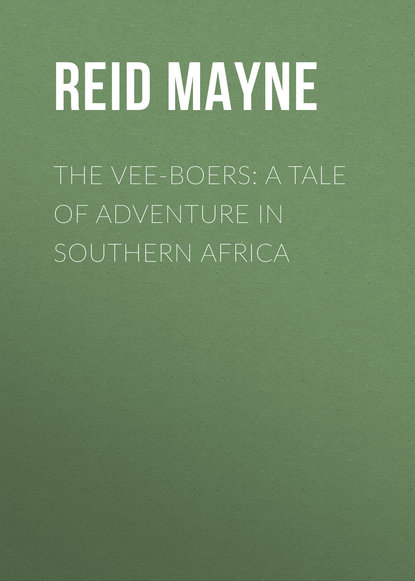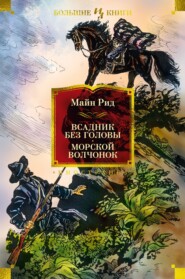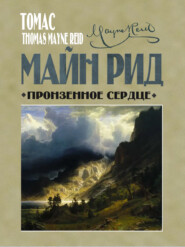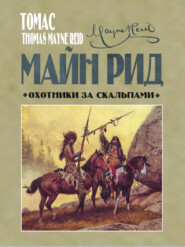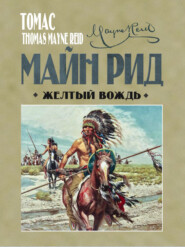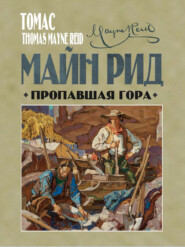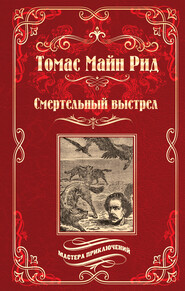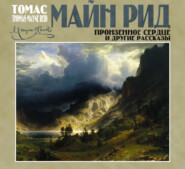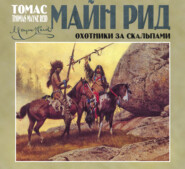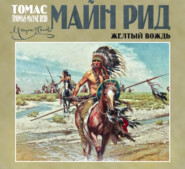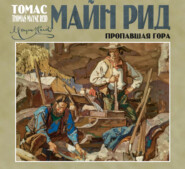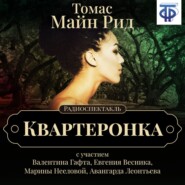По всем вопросам обращайтесь на: info@litportal.ru
(©) 2003-2024.
✖
The Vee-Boers: A Tale of Adventure in Southern Africa
Настройки чтения
Размер шрифта
Высота строк
Поля
“Tulp.” The Dutch name for “tulip,” of which it is but an abbreviated form. The plant itself is so called from its resemblance to the tulip, both in leaf and flower. It is of the iris family, and the genus morosa.
14
“Trek-touw.” The long cable-like rope of raw hide continuing the “tongue,” or pole, of the waggons, and to which the forward pairs of oxen are attached. They are also made fast to it at night, when there is any fear of their straying from the camp.
15
The “milk-baskets” of the Caffres are frequently in use among the Vee-Boers, when on trek, their lightness making them more convenient than vessels of a heavier kind. They are made of the stems of a species of “cyperus,” a rush allied to the “Paper-reed,” sewed so closely together that when dry they will hold water. The Caffres use them as milk pails, and, when emptied, their dogs are allowed to lick them clean. The cleaning is still further carried out by an insect – a species of cockroach (Blatta), which eats what remains of the milk from the interstices between the rushes. So important are these roaches regarded for this purpose, that a Caffre on erecting a new hut, will take his milk-baskets into an old one, and, as soon as a sufficient number of the insects have entered them, will carry the vessels back to where their services are required.
16
“Mowana” is the South African synonym for the “baobab” (Adansonia digitata).
17
“Veldt” is a tract of grassy plain or prairie. It is in part synonymous with our word “field,” which we have changed from its ancient form, and partly from its signification.
18
As all know, the mowana, or baobab, is one of the largest of trees; specimens being met with having a girth of nearly 100 feet. It is not proportionately tall, however – nothing like the sequoias of California. Its leaves dried and pulverised are used as an antidote to various diseases, as diarrhoea, fevers, etc. Its fruit is slightly acid, but well-flavoured, and is eaten by the natives of tropical Africa. The mowana is essentially a tree of the tropics.
19
“Vel-Schoenen.” Literally “skin shoes.” They are made of untanned hide and sewed with thongs of the same. They are worn by many Boers, though it is their Hottentot servants who make and mend them. One of these yellow-skinned cobblers will make a pair of Vel-Schoenen in less than a couple of hours.
20
The “morgen-maal” (morning meal) of the Cape Dutch is a more substantial repast than an ordinary English breakfast, being quite as much a dinner. The hour for eating it is about eleven am; but there is usually an earlier déjeûner consisting of a cup of coffee, and a slice of bread, or cake.
21
The “termites,” or white ants as more commonly called, often make their “hills” as large as good-sized hay cocks, to which they bear a strong resemblance. It is quite a common thing for Trek or Vee Boers to utilise them as above described.
22
“Brandeywyn.” A liquor of the brandy or whisky specialty, distilled from peaches. It is the common tipple in use among the Dutch colonists of the Cape, and other parts of South Africa.
23
The so-called laughing hyena (H. Crocuta), as the other species, often make burrows, but sometimes appropriate those of the ant-eater. This species, though smaller than the striped hyena, is of a fiercer nature and more dangerous. So much so as to have earned for it among the South African colonists the title of Tiger wolf.
24
“Doorn-boom.” Another of the thorny acacias so characteristic of South African scenery.
25
“Boom-slang.” Literally “tree snake.” It is a large serpent, of yellowish brown colour, which makes its home in trees. It is not venomous, however, though of formidable aspect.
26
As stated in a former note, the “mowana” in girth and spread of branches is perhaps the largest of all known trees, but far from being the tallest, in height rarely exceeding a hundred feet.
27
“Wilde-honden” (Canis picta). These wild dogs of South Africa have some affinities with hyenas. They are sometimes called the hunting hyena (Hyena venatica). They are as large as stag-hounds, and flecked and spotted in a similar manner, black and white blotches on a ground colour of reddish brown. But for their erect ears, which are large and black, they would bear a still greater resemblance to hounds. There is this also in their habit of pursuing their prey in packs, which renders them much more formidable than the hyena. They have little fear of man, and men have been often killed by them.
28
“The tsetse” (Glossinia morsitans). Although the sting of this insect is fatal to the domesticated quadrupeds above named, the mule and ass are not injured by it. Neither are any of the wild animals that inhabit the districts infested by it – a circumstance seeming strange and inexplicable.
29
The “bultong” of the South Africans is meat cured in a similar fashion to the tasaio of the Mexicans, and charqui of South America, commonly know as “jerked beef.” The process is of great service in countries where salt is a scarce commodity, or does not exist.
30
The “dissel-boom” of a waggon is the pole to which the hind oxen are attached, the others in front drawing by the trek-touw.
31
“Kloof,” the Boer’s designation of a valley of the ravine order.
32
The “kop” is a cliff-like promontory overhanging a valley or plain, nearly synonymous with the American “bluff.” It is, doubtless, the Dutch radix of our word cape.
33
There are no less than seven distinct species of vultures inhabiting South Africa; while the species of eagles are still more numerous.
34
“Kalahari,” the name of the great South African desert, or Karoo, which extends north from the Orange River, and west of the Transvaal, for hundreds of miles. Its borders, and some parts of its interior, are inhabited by Bushmen and Bechuanas.
35
The “Hartebeest-house” is a hut of rude construction, the usual materials being reeds and grass with a plastering of mud. The name is derived from a fancied resemblance to the form of the antelope so called. Hartebeest-houses are common throughout Southern Africa, not inhabited by natives, but the poorer class of colonists, especially Vee-Boers when not on the move.
36
The “Koker-boom” is a species of aloe with a short thick trunk. When well dried the wood is even lighter than cork.
37
The “Macobas” are the boatmen of Lake Ngami. They have affinity with the Bechuanas; but are of a race and class apart. They are also of darker complexion.
38





